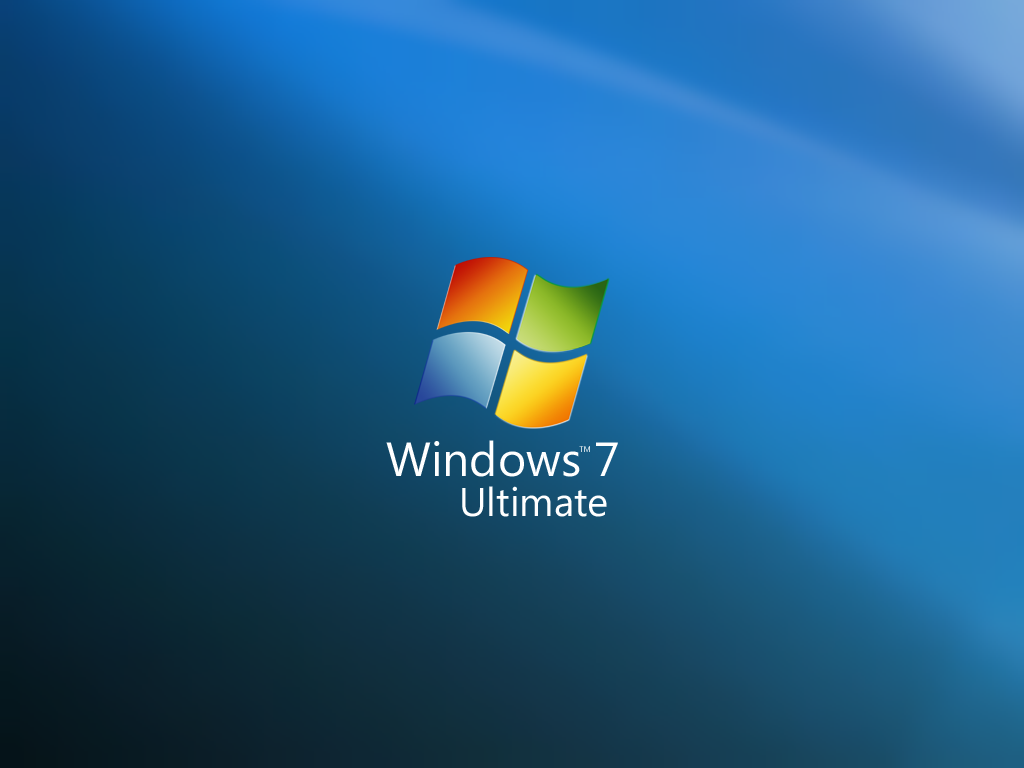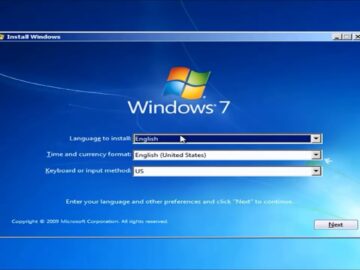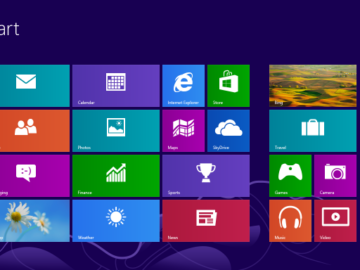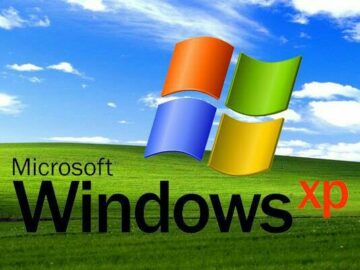
Windows 7 Ultimate stands out as the most comprehensive edition among the Windows 7 lineup, offering a robust set of features tailored for both personal and professional use. Launched by Microsoft, it combines the strengths of its predecessors while introducing several advanced functionalities. This article delves deep into the intricacies of Windows 7 Ultimate, exploring its features, benefits, and relevance in the digital landscape.
Evolution and Release
Windows 7 Ultimate debuted alongside other editions of Windows 7 in October 2009, following the discontinuation of Windows Vista. Positioned as a successor to Windows Vista Ultimate, it aimed to address the shortcomings of its predecessor and enhance user experience across various domains. The operating system garnered attention for its improved performance, enhanced security features, and a user-friendly interface.
Key Features and Functionalities
- Enhanced User Interface: Windows 7 Ultimate introduced a refined Aero interface, offering visually appealing graphics and smooth navigation. The Start menu was revamped, providing quicker access to programs and files.
- Compatibility and Performance: It supported both 32-bit and 64-bit architectures, catering to a wide range of hardware configurations. The operating system focused on optimizing system resources, thereby improving overall performance.
- Windows XP Mode: One of the standout features of Windows 7 Ultimate was its ability to run programs. In Windows XP compatibility mode, ensuring compatibility with legacy applications.
- Security Enhancements: BitLocker Drive Encryption enabled users to protect their data by encrypting entire disk volumes. BitLocker To Go extended this functionality to external storage devices, ensuring data security on the go.
- Networking Capabilities: Windows 7 Ultimate facilitated seamless connectivity with corporate networks through its domain join feature. It supported Remote Desktop Protocol (RDP), allowing users to access their computers remotely.
- Multilingual User Interface: It offered Multilingual User Interface (MUI) support. Enabling users to switch between multiple languages for the user interface without reinstalling the operating system.
- Media and Entertainment: Windows Media Center provided a centralized platform for multimedia playback and recording. It supported various codecs and formats, enhancing the entertainment experience.
Applications in Business Environments
Windows 7 Ultimate found widespread adoption in business environments due to its comprehensive feature set and robust security measures. Organizations benefited from its domain join capability, enhanced data protection with BitLocker, and compatibility with business applications. The stability and performance improvements over its predecessor made it a preferred choice for enterprise IT environments.
End of Support and Legacy
Microsoft provided mainstream support for Windows 7 Ultimate until January 13, 2015, and extended support until January 14, 2020. Despite the end of official support, Windows 7 Ultimate continued. To be used by many due to its stability and compatibility with older hardware and software.
Conclusion
Windows 7 Ultimate remains a pivotal chapter in the evolution of Microsoft’s operating systems. Combining reliability, performance, and enhanced security features. Its legacy continues to influence subsequent Windows versions, setting a benchmark for user-centric design and functionality. Whether for personal use or enterprise deployment. Windows 7 Ultimate stands as a testament to Microsoft’s commitment to delivering robust computing solutions.
In summary, Windows 7 Ultimate remains a comprehensive choice for users seeking a feature-rich operating system. That balances performance with security, making it a timeless asset in the realm of computing.













